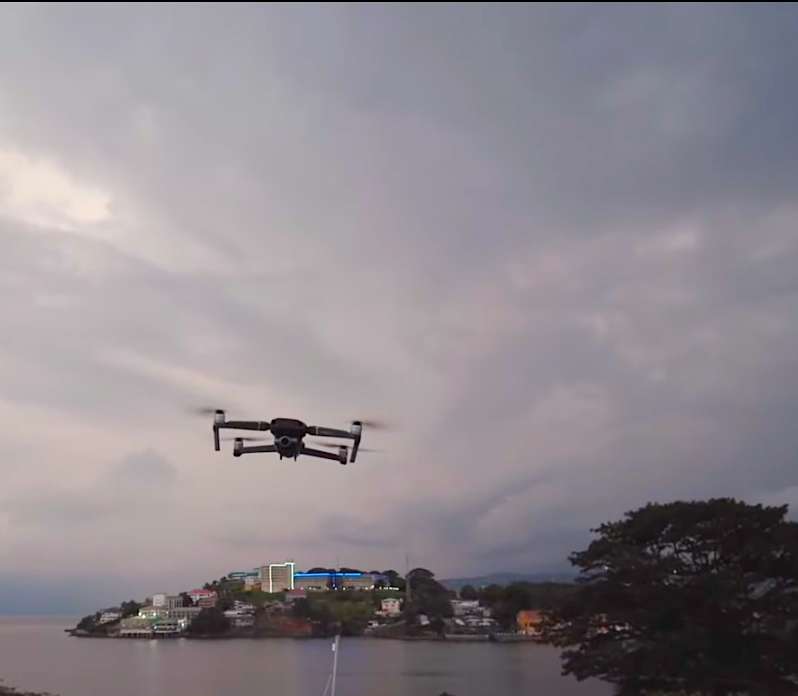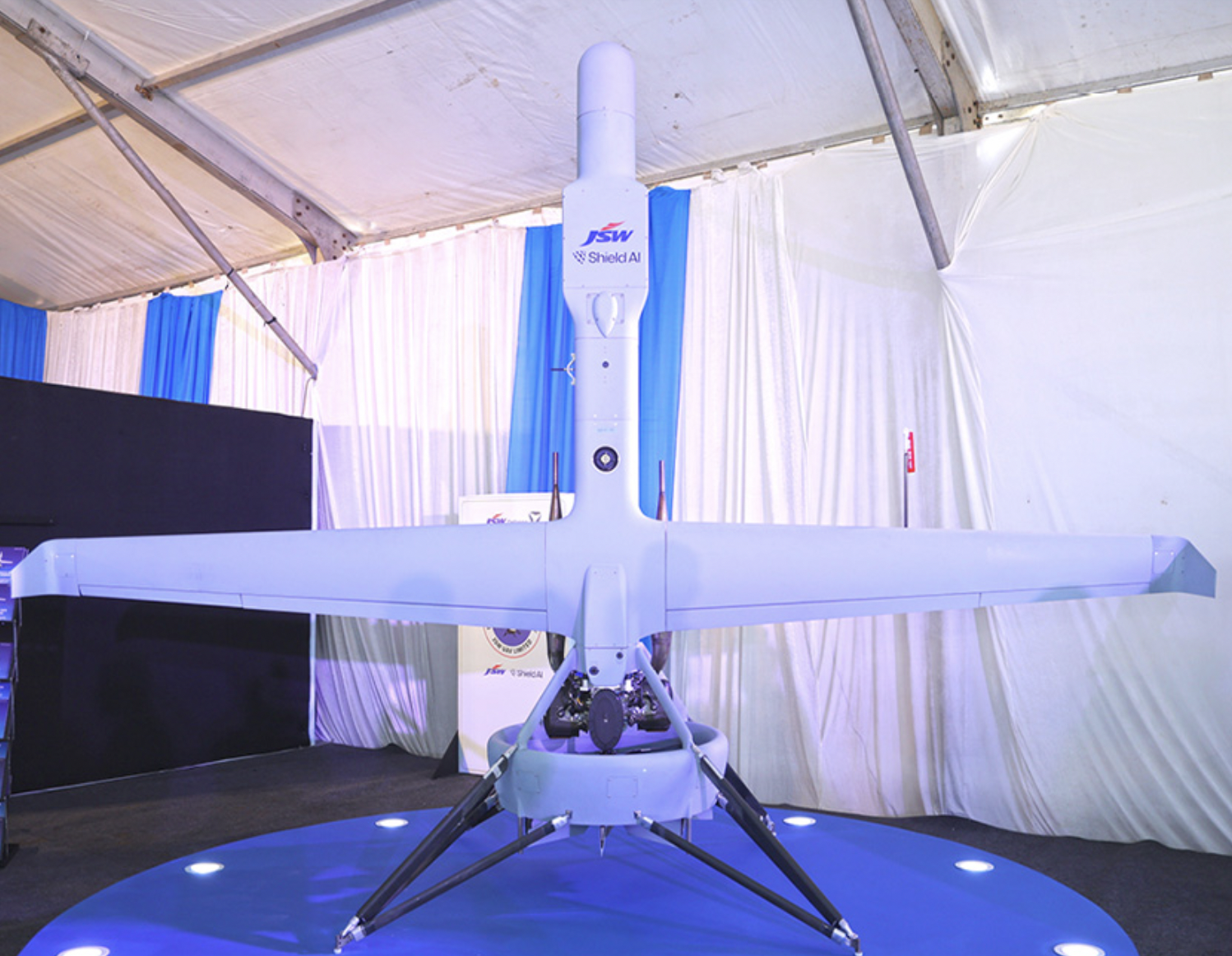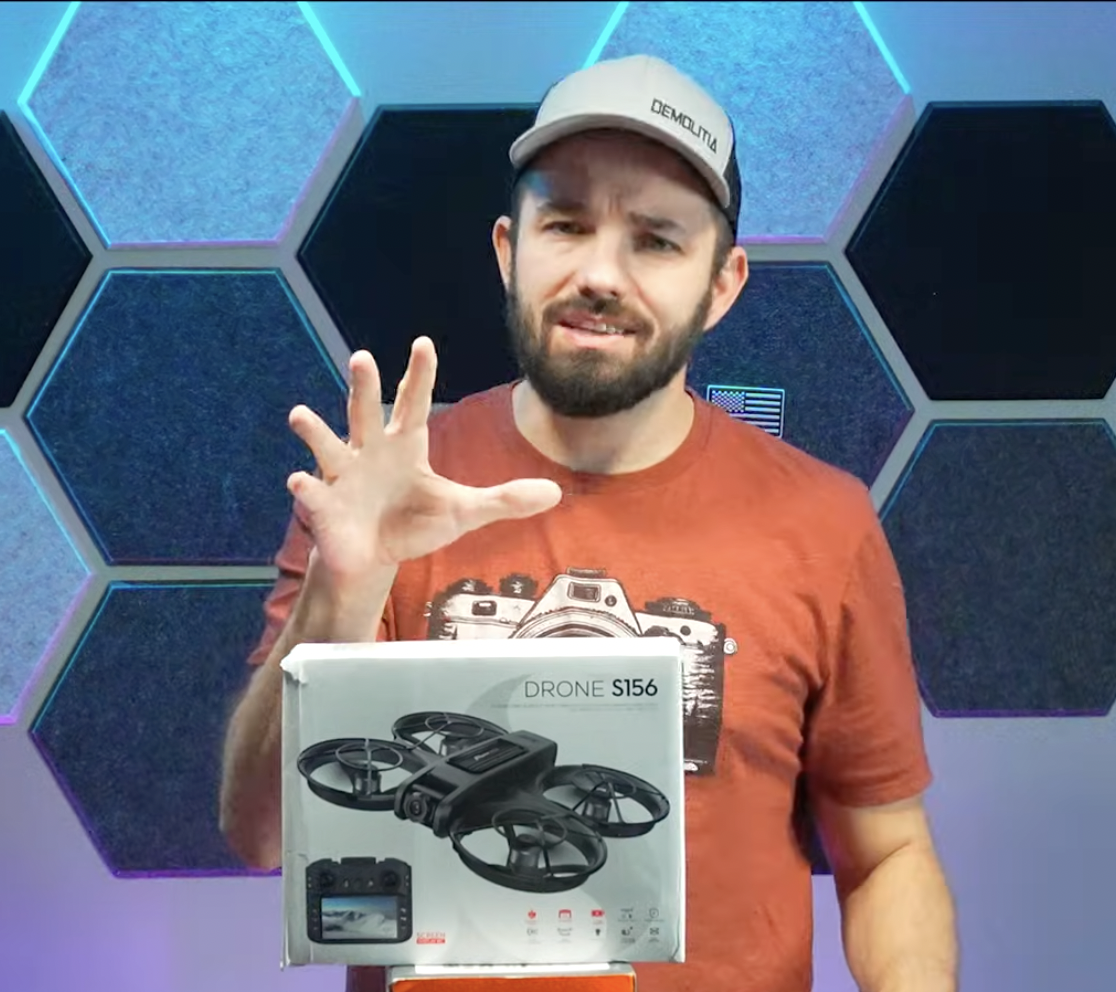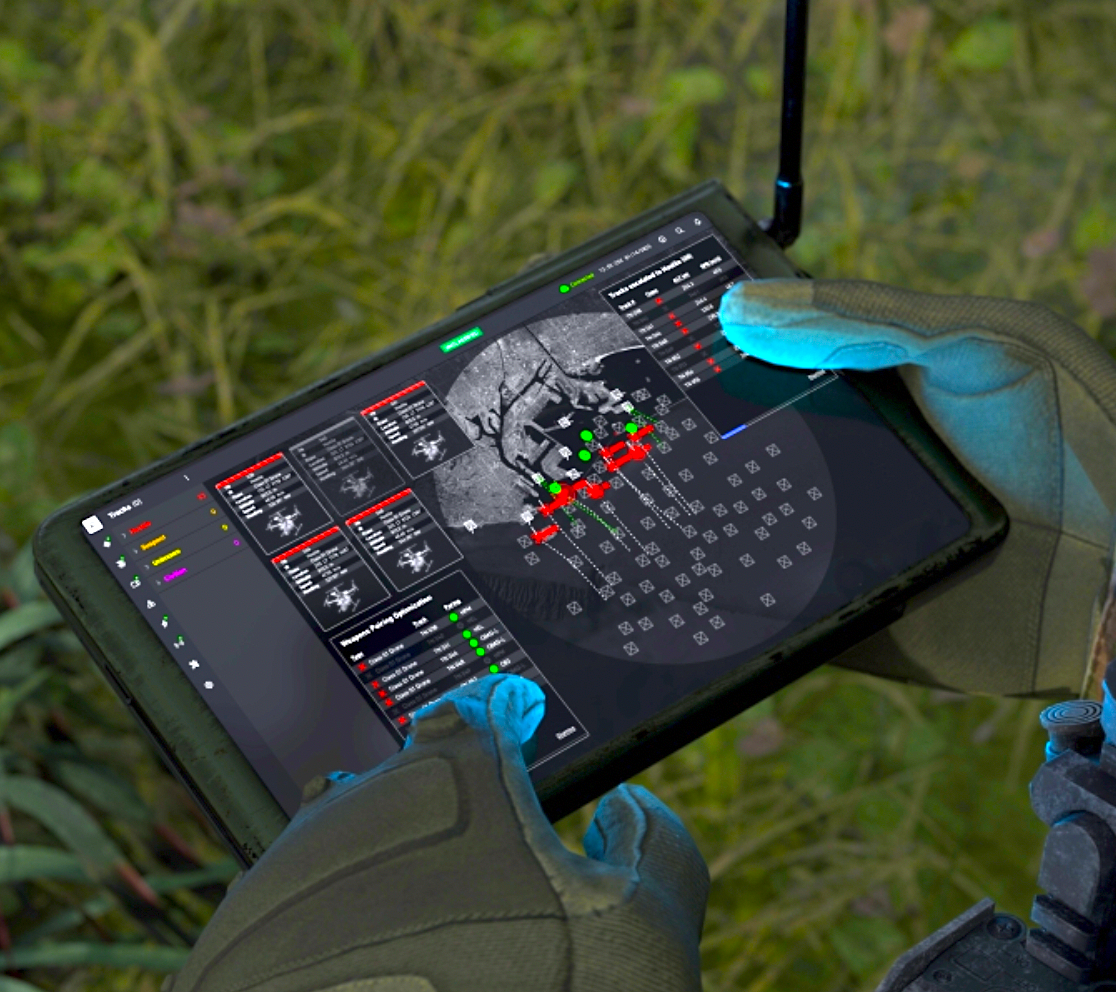Featured NewsProduct NewsFPV DronesSam KarpWhat You Need to Know About FPV Batteries
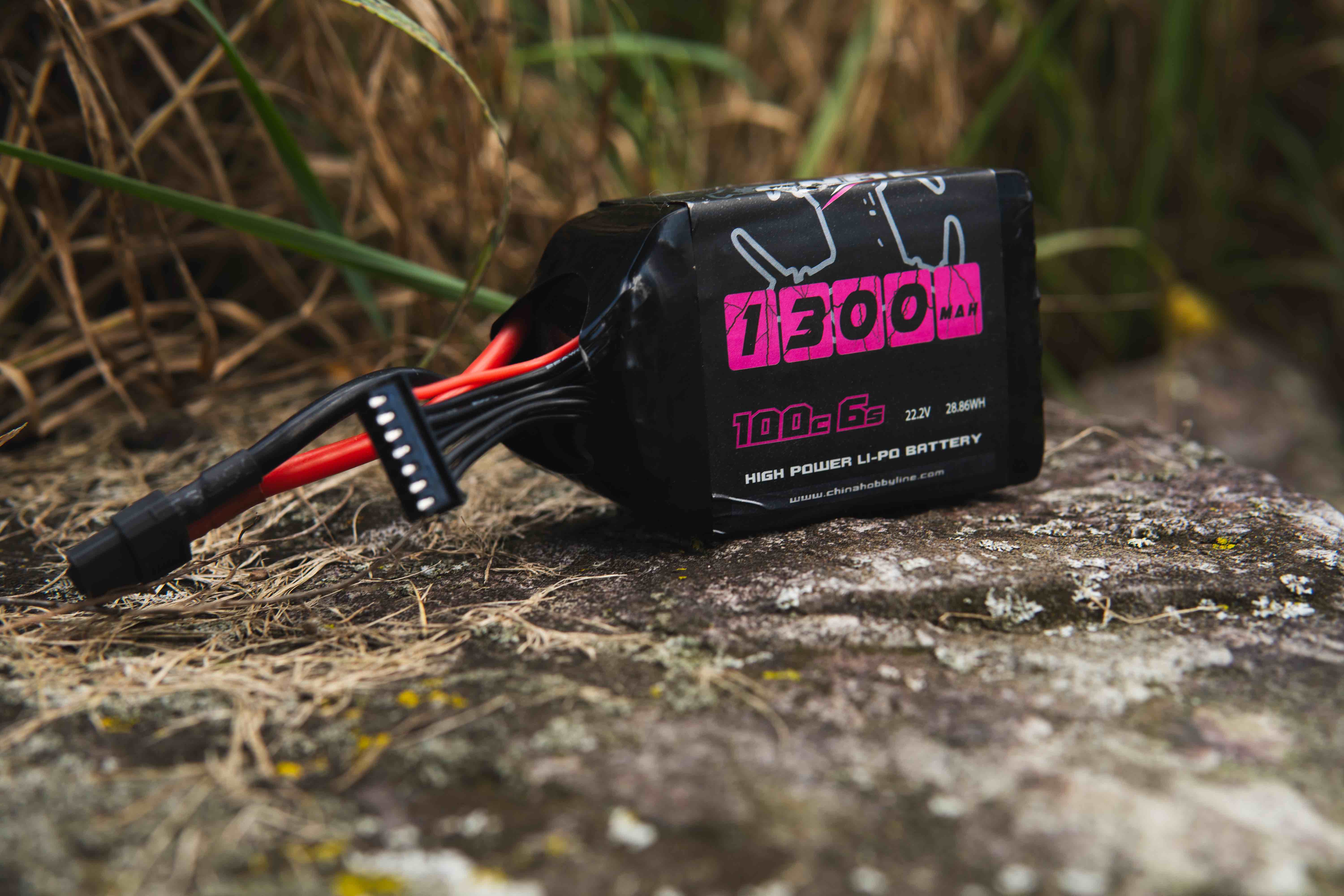
10 October 2023
By Sam Karp
LiPo (Lithium Polymer) batteries play a critical role in powering FPV drones, and selecting the right voltage and capacity is important for optimizing your drone’s performance. It might seem technical at first, but once you get the hang of it, it’s really not all that complex. Here’s a breakdown of what you need to know.
Battery Voltage
LiPo batteries consist of individual cells, each of these cells have a voltage range of 3.2 volts when fully depleted, to 4.2 volts when fully charged. This voltage range is the safe scope of operation for a LiPo cell. Overcharging the battery, or fully depleting the battery could potentially cause irreversible damage to the cell. Best case scenario you’ll have a dead battery that just won't hold a charge anymore. Worst case scenario you’ll have a fire hazard on your hands. I’ll go over how to properly charge a battery later in this article, but to ensure you don’t discharge a battery too far, I’d recommend landing your FPV drone at around 3.5v per cell.

The four cells on a 4s battery.
Typically when purchasing an FPV battery you’ll be looking at either 4s, or 6s batteries. All that means is they’ve taken a single LiPo cell and connected it in series with other cells to increase the total voltage of the battery. For example, a single cell ranges from 3.2v to 4.2v, whereas a 4s battery has 4 total cells and will deliver a combined voltage of 12.8v to 16.8.
LiPo batteries also have what’s referred to as a nominal voltage, also known as its “storage voltage”, which is typically around 3.7 volts per cell. This represents the average voltage level that a LiPo battery needs to maintain during storage or when it’s not being used. It’s super important to note that keeping a LiPo battery constantly full, or depleted, can lead to cell damage over time. So storing the battery at the 3.7v nominal voltage is ideal for long term battery health and performance.
When you’re purchasing a LiPo battery, you’ll find the nominal voltage listed on the label of the battery itself, or in the description of the product. For 4s batteries that voltage will be 14.8v (3.7v x 4 cells = 14.8v) and for 6s batteries that voltage is 22.2v. (3.7v x 6 cells = 22.2v)
4s vs 6s
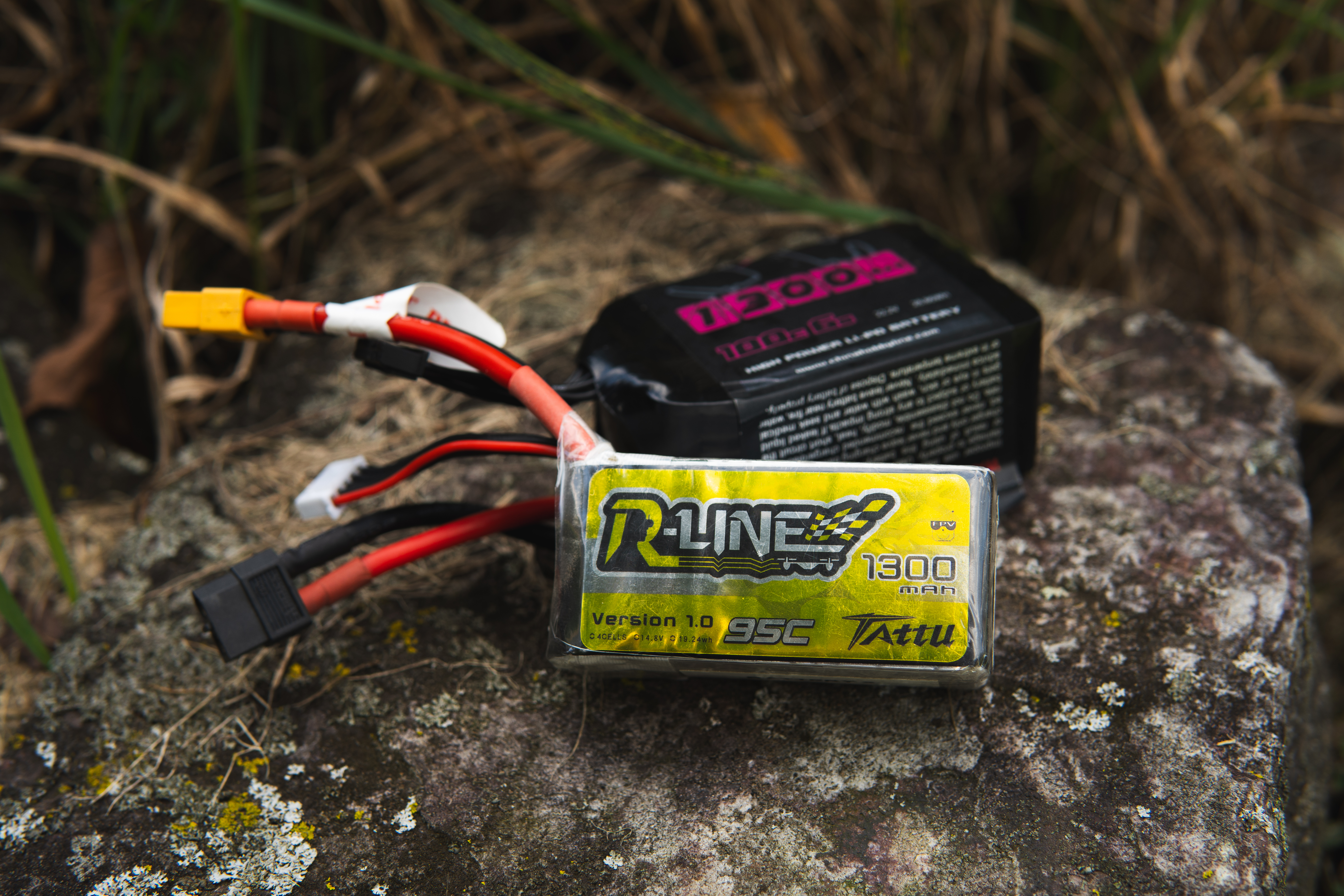
Now that you know how these batteries work, what’s actually better, 4s or 6s?
Keep in mind the voltage of each. A 4s battery will range from 12.8v to 16.8v and a 6s battery will have a range of 19.2v to 25.2v. That’s a pretty hefty jump in power output.
If you plan on flying a 5 inch FPV drone, or something larger like a 7 inch, I’d highly recommend investing in some quality 6s batteries.There isn’t really any downside to going with 6s other than being slightly more expensive, but with that you’ll see increased flight times as well as a significant jump in power output.
Plenty of pilots still fly 4s, but more and more pilots are making the jump to 6s and it’s definitely worth it, especially if you’re starting from scratch and don’t already have a stockpile of 4s batteries.
Now if you’re flying something small like a 3-inch quad or a very small cinewhoop like the Cinelog 20, you won’t need the extra power that comes with 6s and you can absolutely pick up some 4s batteries and save some money. Typically those lighter quads won’t need as much power and will fly great on 4s.
In general, if you’re flying 5-inch like most FPV pilots, 6s is the way to go. You’ll have noticeably more power to your motors, as well as longer flight times. Just make sure that your flight controller, ESC, and motors are rated for the voltage of a 6s battery. If not you’ll run the risk of frying electrical components.
Battery Capacity (mAh)
So you’ve selected your battery type, either 4s, 6s, or some other variant. What size battery should you get? And what does mAh even mean? Let’s take a look!
Milliamp hours, or mAh is the capacity of the battery. A 1100mAh 6s battery will have the same voltage output as a 1500mAh 4s battery (19.2v to 25.2v) but the larger battery will be able to output power for longer, which should lead to a longer flight time. So if a bigger battery means longer flight time, why not slap a larger battery on a 5-inch drone and call it a day? Well at some point the battery starts to add so much weight to your quad that you’ll need to use a lot more power to keep it in the air. So it will be heavy, fly worse, and actually negatively impact flight time. You have to keep in mind that larger capacity batteries will also be physically larger, and heavier. So you can’t slap a 1500mAh battery on a 3 inch drone and expect it to fly very well, if at all. You’ll need to find a good balance of weight and capacity to make sure your drone can lift the weight and fly well, but also maximize the flight time.
Here would be my recommendations on what mAh batteries to get assuming you’re flying a 5 inch FPV drone
For 4s batteries look for something around 1300mAh to 1500mAh.
For 6s batteries look for something around 1100mAh to 1300mAh.
These are just rough guidelines based on what I enjoy flying. I know pilots who fly with larger batteries, and those who fly with smaller batteries. As long as your quad isn't negatively impacted by the weight, it won’t matter too much.
Lipo Battery C Rating
When you look at a LiPo battery you’ll often see the letter C followed by a number, something like C50, C75, C100, or C120. This is the battery's C rating. A LiPo battery’s C rating indicates its power discharge capability. It represents the maximum safe continuous discharge rate of the battery in relation to its capacity. In simpler terms, it tells you how quickly the battery can release its stored energy without overheating and damaging itself. A higher C rated battery will be able to deliver more amps, and maintain a high amp draw for longer periods of time with less voltage sag. In essence, a higher C rating = more punch from your battery and that’s what we want.
Here’s a quick example of how a C rating impacts performance.
A 1300mAh battery with a rating of 100C will be able to safely push up to 130 Amps continuously. (1300mAh x 100 = 130,000mAh or 130 Amps)
A 1300mAh battery with a rating of 50C will only be able to push half of that at 65 Amps continuously. (1300mAh x 50 = 65,000mAh or 65 Amps)
If all of this seems confusing, just aim for a battery with a rating of around 100c. Higher C ratings can be beneficial, but I wouldn’t recommend going much lower than 75c if you’re flying 5 inch FPV drones. Over the years, FPV battery manufacturers have had a pretty good track record of offering batteries around the 100c mark, so just shoot for that and you’ll be more than happy.
How to Charge and Store LiPo Batteries
Charging your batteries correctly is not just important for a safe flight, but also for extending the overall life of your LiPo. Here’s what you need to know;
Battery Connections. LiPo batteries will typically feature two connectors: the main power connection (usually an XT60 or similar plug) and a balance lead. The balance lead will look slightly different depending on what type of battery you’re charging, 4s or 6s, with an additional wire going to the lead with each additional cell in the battery. The main connector is used for charging and discharging the battery, while the balance lead ensures that each cell within the battery maintains an equal charge, in other words, it “balances” the cells. If the battery cells started charging at 3.2v but for some reason one cell started charging at 3.5v, without a balance lead that cell would end up getting over charged and potentially cause damage to your battery.
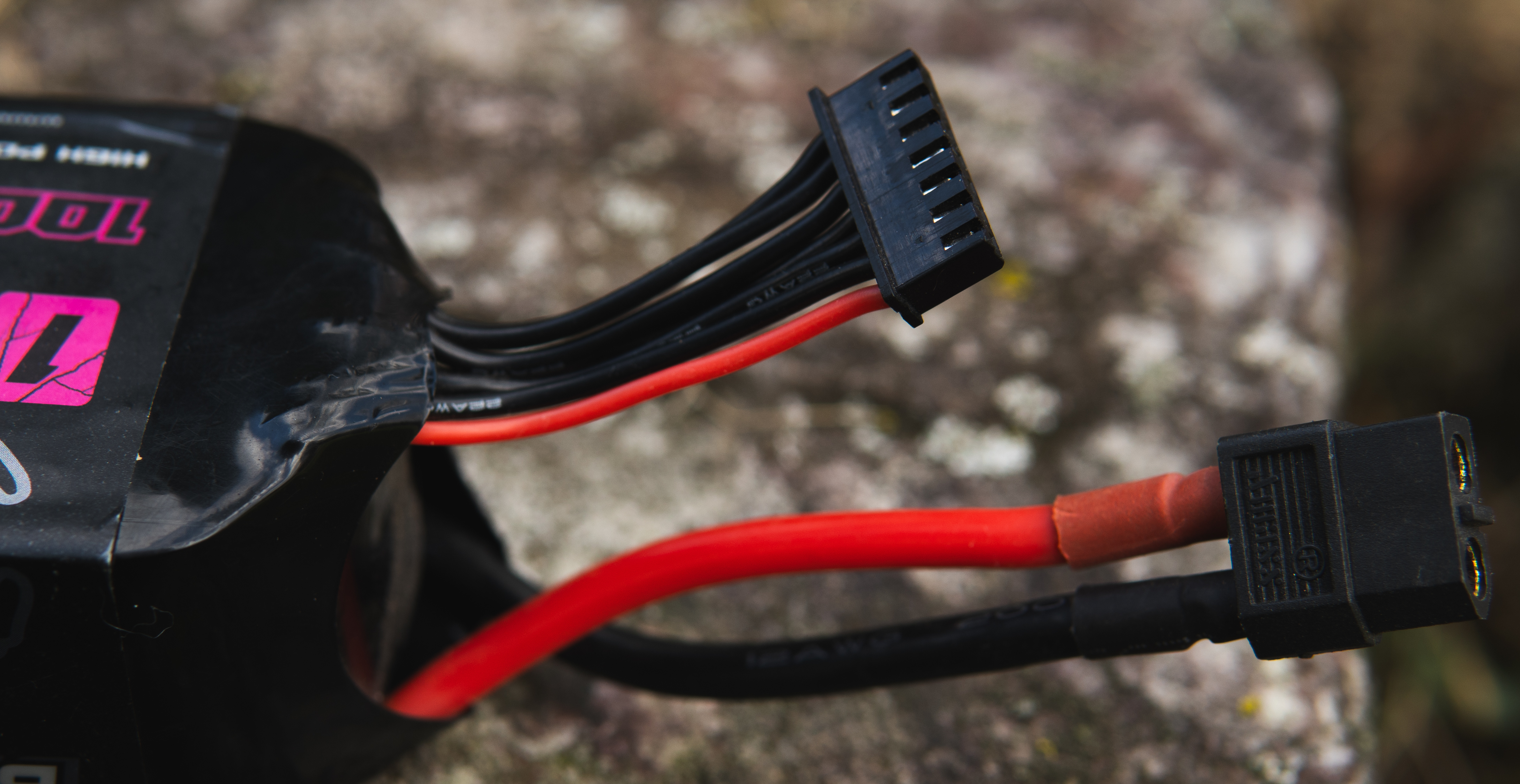
Battery plugs.
C-Rate Charging. Similarly to discharging, charging a battery also uses C rates. The C rate represents the charge or discharge rate relative to the battery’s capacity. For example, if you have a 1300mAh battery and charge it at 1C, you’d be charging it at 1.3 Amps. 2C would be 2.6 Amps, and 3C would be 3.9 Amps. Most LiPos can handle charging at 2C or 3C, and it’s fine to do so if you’re pressed for time, but I’d recommend sticking to 1C for 90% of your charge cycles. Repeatedly charging at a high C rate can damage the battery overtime and shorten the overall lifespan.
Summary
We’ve talked about the voltage range of LiPo cells, emphasizing the importance of staying within the safe operating range of 3.2 volts when fully depleted, to 4.2 volts when fully charged. Over charging or over discharging a battery can lead to irreversible damage and shorten the lifespan of the battery. Remember the nominal voltage of 3.7 volts per cell is ideal for prolonged storage.
4s vs 6s. When deciding between 4s and 6s batteries, it comes down to the power that you need. For 5 inch FPV drones, the voltage jump provided by 6s batteries offers longer flight times, as well as some extra punch that will definitely put a smile on your face. So 6s would be my recommendation for flying 5 inch FPV. 4s is perfectly fine, it’s just a bit out classed by 6s.
Battery Capacity (mAh). Battery Capacity, measured in milliamp hours (mAh), is super important for flight time. Larger capacity batteries can offer longer flight times, but at some point the battery starts to add so much weight to your quad that you’ll end up using a lot more power to keep it in the air. So it will be heavy, fly worse, and actually negatively impact flight time. Striking the right balance between capacity and weight is essential to maintain agility and maximize flight times. For 5 inch FPV drones I’d recommend 1300mAh to 1500mAh for 4s and 1100mAh to 1300mAh for 6s.
LiPo C Rating. The C rating tells you how quickly the battery can release its stored energy without overheating and damaging itself. Higher C rating means more punch and consistent power delivery. Aim for a battery around 100C.
Charging and storage. Charging and storing LiPo batteries safely is extremely important. Ensure secure connection with both the main power connector (usually an XT60) and the balance leads. Ideally you want to charge at 1C for most charge cycles to preserve battery health.
